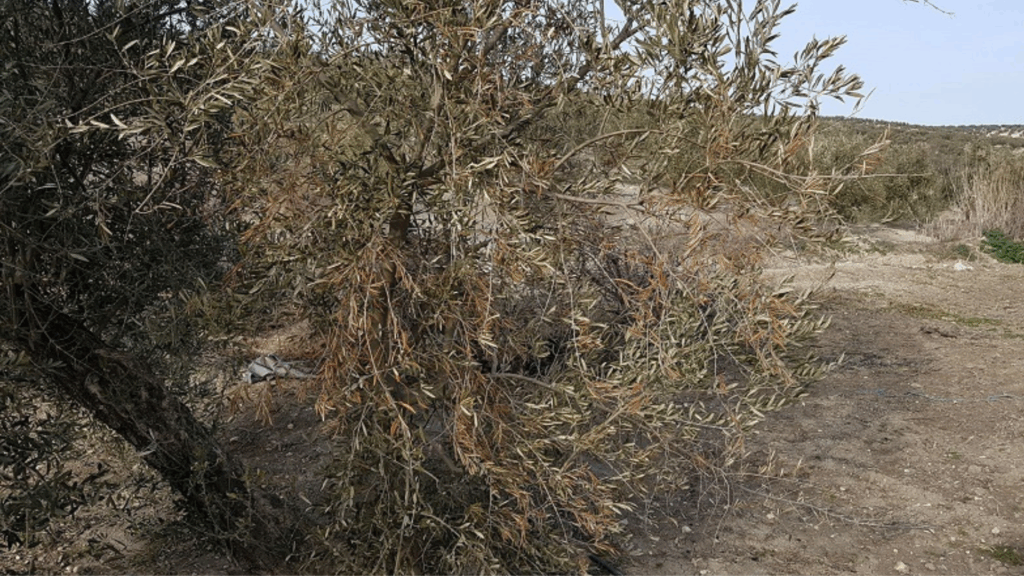Possible effects of excessive rainfall:
The rainfall in recent months will have a positive impact on our olive-growing areas. On the one hand, it will save water and reduce production costs in irrigated olive groves, and on the other, it will improve production in rainfed olive groves.
Rainfed Olive Groves
In rainfed areas, the rains have been mostly beneficial, alleviating the drought that was affecting woody crops such as olives. This precipitation has improved soil moisture, promoting sprouting, which could translate into a better harvest if conditions remain stable.
Irrigated Olive Groves
In irrigated areas, where water control is more precise, the rains have helped recharge aquifers and reservoirs, which is positive for the sustainability of irrigation (a major concern in recent years, where there has been overexploitation of water resources due to the lack of rainfall and the expansion of irrigation).
Possible Negative Consequences:
Despite these positive effects, excess water can lead to some negative consequences in fertile plains. In some cases, problems such as root asphyxiation are occurring. In recent years, we have neglected soil drainage, and this excess moisture is weakening trees and making them more susceptible to disease.
It is essential that farmers monitor the condition of their olive groves and adopt appropriate management practices to avoid problems resulting from excess moisture, such as fungal diseases or root asphyxiation.
Planning and efficient water use will be key to mitigating the risks associated with heavy rainfall and ensuring the health and productivity of our olive groves.

